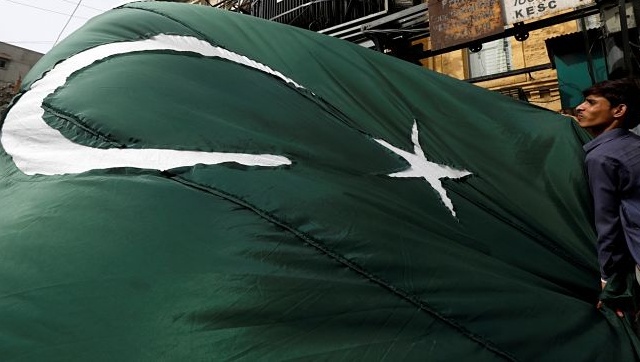Pakistan has finally achieved what it has been trying to do for years – get itself removed from the Financial Action Task Force (FATF) ‘grey list’. The move comes amid FATF’s meeting in Paris. Pakistan was in 2018 placed on the grey list for failing to check money laundering and terrorist financing. As per Dawn, Pakistan was placed in the increased monitoring list in June 2018 for deficiencies in its legal, financial, regulatory, investigations, prosecution, judicial and non-government sector to fight money laundering and combat terror financing considered serious threat to global financial system. But what is the grey list? And why is India keeping a watchful eye? Let’s take a closer look: First, let us briefly examine what the FATF is and what it does. As per its website: “The inter-governmental body sets international standards that aim to prevent these illegal activities and the harm they cause to society. As a policy-making body, the FATF works to generate the necessary political will to bring about national legislative and regulatory reforms in these areas.”
In short, the FATF is a global watchdog for money laundering and terror financing.
The organisation was established by the G-7 Summit that was held in Paris in 1989 in response to mounting concern over money laundering. The G-7 Heads of State or Government and President of the European Commission convened the Task Force from the G-7 member States, the European Commission and eight other countries after recognising the threat posed to the banking system and to financial institutions. Originally comprising 16 members, the FATF expanded its membership to 28 members by 1992. By 2,000 it had 31 members and has since expanded to 39 members.
The FATF Plenary, it’s decision-making body, meets thrice a year.
But what is the ‘grey list’? And what’s the ‘black list?’ Well, the FATF itself uses no such terms. Instead, it places countries in two categories:
- “Jurisdictions Under Increased Monitoring”
- “High-Risk Jurisdictions subject to a Call for Action”
Pakistan was one of the many countries on the ‘grey list’. Countries placed on the ‘grey list’ are one step away from being put on the ‘black list’. Meanwhile, the FATF also has a so-called black list – an exclusive club with just North Korea and Iran making the cut. Why was Pakistan removed from the list? That Pakistan would be removed from the list was largely known given that the FATF in June found Pakistan compliant or ’largely complaint’ with its demands. Meanwhile, Nicaragua has also been removed from the grey list, while Myanmar has been put on the more severe, black list, as per NDTV. Russia has been “sidelined” owing to its war on Ukraine. In June 2018, the FATF had urged Islamabad to implement a 27-point action plan to curb money laundering and terror financing by the end of 2019. However, the deadline was extended due to the coronavirus pandemic. Those 27 points later increased to 34 points. The FATF then decided to field an onsite mission to verify it on ground. A 15-member joint delegation of the FATF and its Sydney-based regional affiliate – Asia Pacific Group—visited Pakistan from 29 August to 2 September to verify the country’s compliance. The authorities had kept the countrywide visit of the delegation low profile and later termed it a smooth and successful visit. The report of the FATF onsite team was discussed in FATF’s International Cooperation Review Group and plenary meetings. Delegates representing 206 members of the Global Network and observer organisations, including the International Monetary Fund, the United Nations, the World Bank, Interpol and the Egmont Group of Financial Intelligence Units, participated in the Working Group and Plenary meetings in Paris. Why is this a big deal? Because Islamabad was already finding it increasingly difficult to obtain financial aid from the IMF, the World Bank, the Asian Development Bank (ADB) and the European Union. The listing has adversely impacted its imports, exports and remittances. Already in economic strife, Pakistan would have been courting catastrophe were it to continue remaining on the grey list.
Exiting the grey list is thus a financial lifeline.
Foreign minister and PPP chairman Bilawal Bhutto Zardari tweeted:
Why is India unhappy? Because India has been the victim of terrorism and is unhappy with Pakistan’s deep state backing such outfits. Jammu and Kashmir lieutenant governor Manoj Sinha told News18 earlier this week, “Our neighbour is not happy with peace in India…The world is watching which country is aiding terrorism…Our ministry of external affairs (MEA) is vigilant and takes appropriate action.” “Pakistan’s alleged compliance is only an eye-wash,” a senior Indian official told News18. “The terror camps still exist in Pakistan-occupied Kashmir. And the madrasas are still operating on the Jihad model.” With inputs from agencies Read all the Latest News , Trending News , Cricket News , Bollywood News , India News and Entertainment News here. Follow us on Facebook, Twitter and Instagram.


)

)
)
)
)
)
)
)
)



